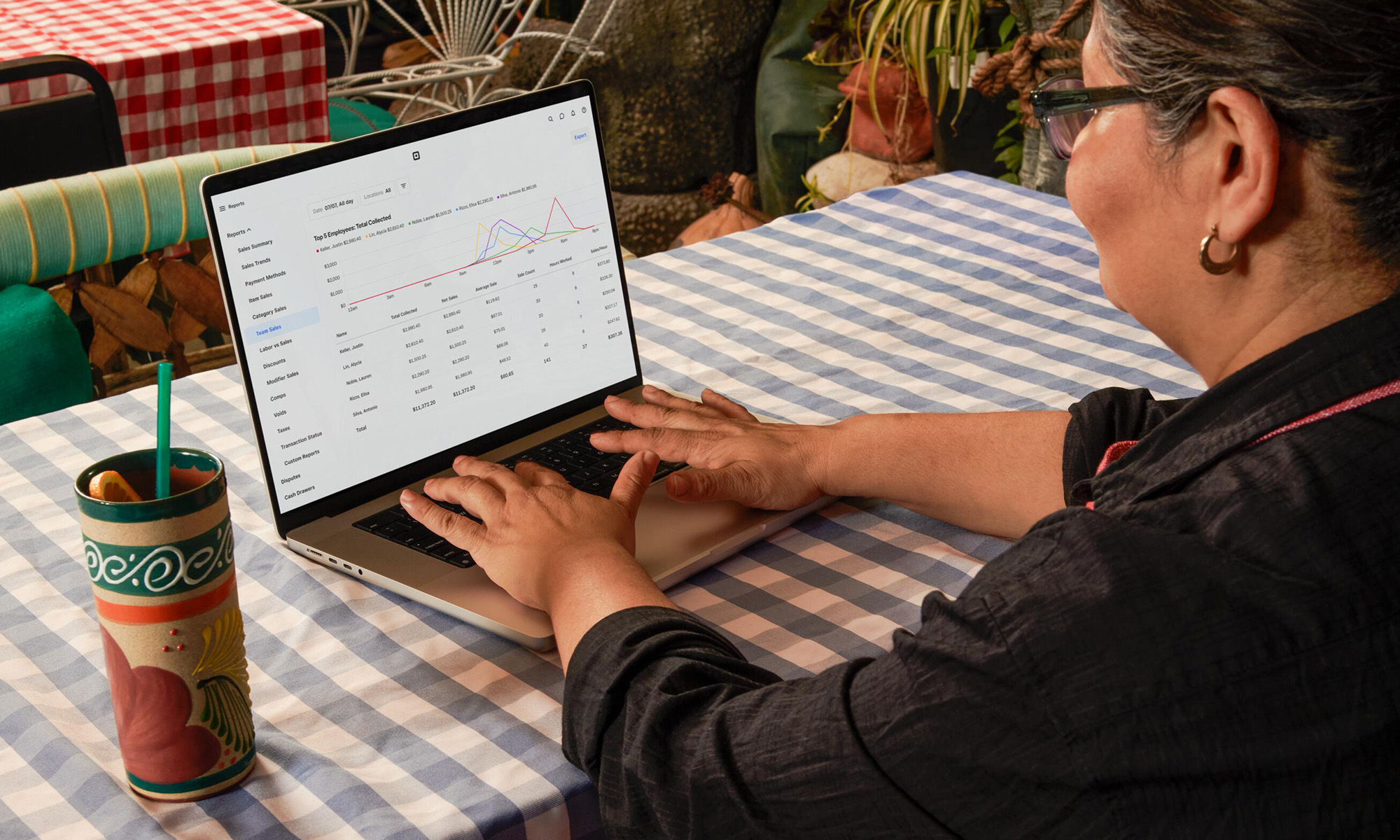Shares of Square (SQ +1.71%) are already trading around their all-time high price, but they could climb higher still. The company is operating in an increasingly crowded field, but Square keeps attracting new merchants and retaining old ones.
Even with the influx of competition, there's a ton of room for Square to grow both domestically and internationally. It's also doing an excellent job of expanding horizontally into new verticals such as Square Capital, point of sale services, and other offering like Caviar, a food delivery service.
Here are three reasons Square stock could keep climbing.

Image source: Square.
Just scratching the surface
Square estimates there are 21 million small and medium-sized businesses in the United States, and they combine to generate around $6 trillion in revenue. About half of that revenue is collected via debit and credit cards, which gives Square a total addressable market of $3 trillion in the U.S. For reference, gross payment volume across Square's platform over the last 12 months totaled just $56 billion. In other words, Square has only captured 1.8% of what it sees as its potential market.
Even if Square only manages to capture 9% to 10% of the total market, that's still a fivefold increase from today. And there are a couple big catalysts that could drive adoption still. For one, the switch to EMV chip readers could put more eyes on Square versus traditional card readers. Sixty-four percent of businesses still don't have chip readers installed, and that's concentrated in smaller businesses that Square caters to. Additionally, businesses are increasingly looking for an all-in-one solution for their in-store and online sales, which Square is well positioned to provide.
Square has managed to maintain a lead in the market thanks to its brand strength. That's an intangible asset that provides a small moat around its business. Additionally, it's become very adept at locking customers into its ecosystem through its value-added services, making it easier to pull up the drawbridge, so to speak.
New services generate revenue twice
Square Capital has quickly turned into one of Square's greatest success stories. The small business loan division extended over $250 million of cash to 40,000 businesses in the first quarter of 2017. Square sees the small business loan market as a $14 billion revenue opportunity based on a rate of 4% to 6% of outstanding small business loans.
Square thinks the market for services like Caviar, which picks up orders from restaurants and delivers them to customers, is $11 billion. Square also develops software for merchants like its payroll software, which it believes is an $8 billion market.
But beyond monetizing these products directly, Square also gives itself an opportunity to earn more revenue from transactions. Businesses generally take on loans because they believe they'll grow sales. Caviar can increase sales by connecting restaurants with more customers. All of these value-added services end up feeding back into the core payment processing business.
The result is a 113% revenue retention rate. That is, for every dollar Square's current merchants generated last year, they're generating $1.13 in revenue this year. And value-added services speed up the payback period for Square on its marketing efforts from four to five quarters per merchant based on transaction revenue to three to four quarters based on total revenue.
Expanding internationally
While there's still plenty of opportunity left in the U.S., there's even more in international markets. Square estimates the addressable market is five to six times bigger internationally compared to the U.S. And the company has even less presence outside of the country.
It only recently expanded to Europe with its arrival in the U.K. in March. That's just the fifth country overall where Square operates. CEO Jack Dorsey said the company intends to expand to the rest of Europe eventually.
International expansion represents a huge opportunity to increase revenue, but it could also come with more marketing expenses as well. Not only is there more established competition in Europe already, Square's brand recognition isn't nearly as strong. Square may see its payback period fall as it enters Europe, but it will pay off in the long run, especially as it continues to develop more value-added services.
Overall, there's a lot of opportunity for Square to pursue, so it should keep expanding at a steady pace as it goes after new markets both internationally and domestically.






